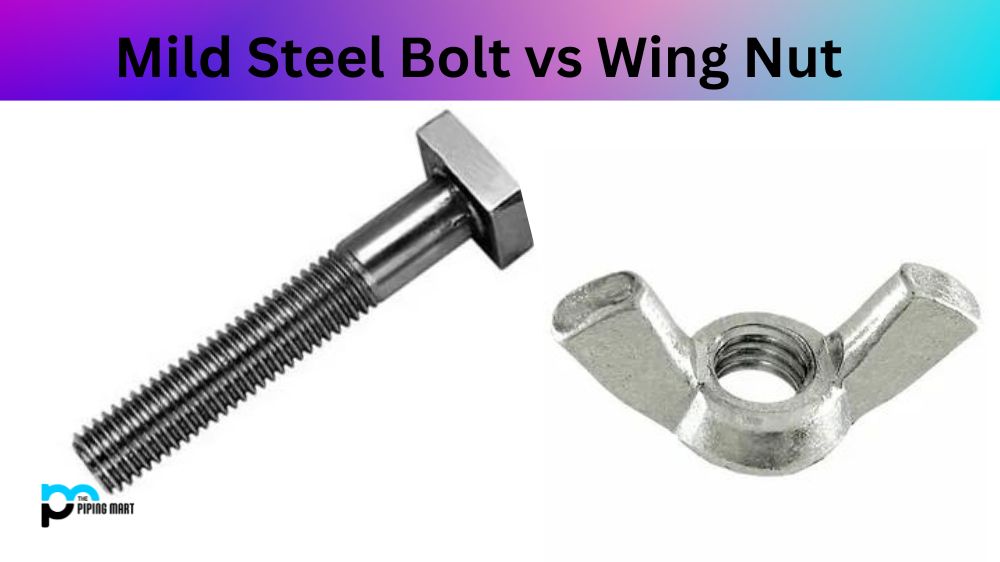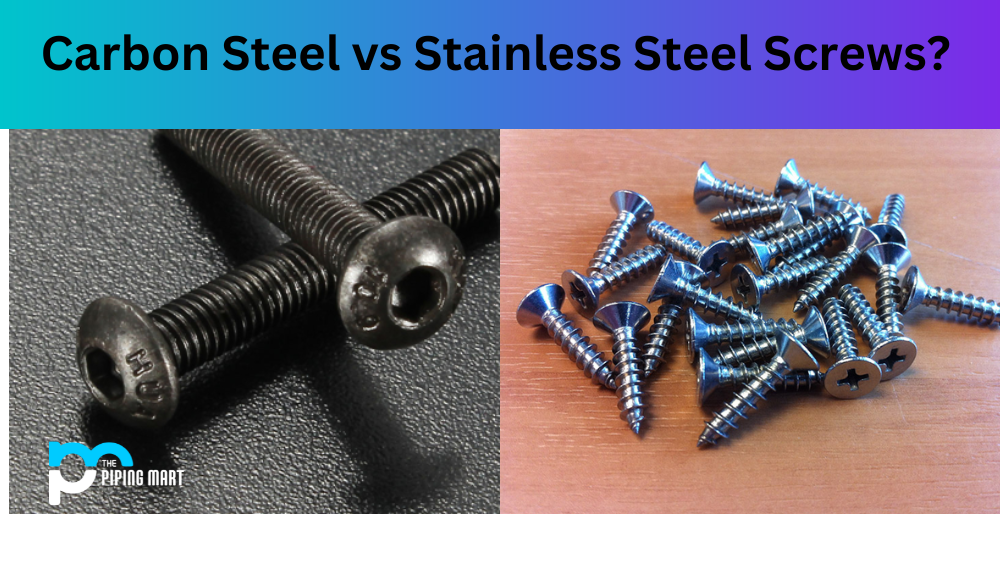When it comes to fasteners, choosing the right ones for your project is crucial. Fasteners like bolts and nuts are essential for construction, manufacturing, and DIY projects. But, with so many varieties of fasteners, it can take time to decide which ones to choose. This blog post will explore the differences between mild steel bolts and wing nuts. By the end of this post, you’ll better understand these fasteners’ unique features and which one you’ll need for your next project.
What is Mild Steel Bolt?
Mild steel bolts are fasteners with a low-grade carbon steel material. These bolts are often used in applications that need strength and durability, such as fixing machinery components or connecting two metal parts. They possess stronger tensile strength than other bolts, making them ideal for heavy duty tasks. Mild steel bolts may have a plain finish or be galvanized or zinc-plated to resist corrosion and rusting.
What is Wing Nut?
Wing Nuts, also known as butterfly nuts, have two large metal “wings” that can be tightened and loosened by hand. Their shape allows for easy gripping and turning without needing any tools. Wing nuts are often used in applications requiring frequent assembly or disassembly since they can be quickly attached or removed by hand. They offer more convenience than standard hexagonal nuts, which require a wrench to tighten or loosen them.
Difference Between Mild Steel Bolt and Wing Nut
Bolt:
A bolt is a threaded fastener with a head at one end and threaded at the other. It joins two pieces of materials to form a permanent connection. Bolts come in all shapes, sizes, and materials, each with unique characteristics that determine their application. Mild steel bolts are the most commonly used and generally cheapest on the market.
A wing nut is a threaded fastener with two large metal wings on either side of the nut. The wings improve grip, allowing easy tightening and loosening by hand and eliminating the need for tools. Wing nuts are designed for easy and quick fastening, making them ideal for temporary connections and adjusting parts.
Material:
The primary difference between mild steel bolts and wing nuts is their material composition. Mild steel bolts are made of low carbon steel, making them durable, strong, and corrosion-resistant. Whereas wing nuts are typically made of brass or stainless steel, softer and more malleable materials are better suited for easy fastening and temporary connections.
Application:
Bolts are typically used when a strong, permanent connection is needed. They come in various shapes, materials, and sizes and can be used in various applications, from construction to automotive repairs. On the other hand, wing nuts are ideal for temporary and quick connections, such as adjusting the position of parts or holding something in place temporarily.
Strength:
Mild steel bolts are generally stronger than wing nuts. Bolts can withstand higher loads and provide a more secure connection than wing nuts. Wing nuts are designed for quick and easy fastening, and they are typically used in applications that only require a little strength or load-bearing capacity.
Conclusion:
In conclusion, mild steel bolts and wing nuts are essential fasteners used in various applications. The choice between these two depends on the specific requirements of your project. A mild steel bolt is the way to go if you need a durable, strong, and corrosion-resistant connection. A wing nut is better if you require a temporary or quick connection that doesn’t require excessive strength. We hope this post has given you a better understanding of these fasteners, their unique features, and when to use them.

A passionate metal industry expert and blogger. With over 5 years of experience in the field, Palak brings a wealth of knowledge and insight to her writing. Whether discussing the latest trends in the metal industry or sharing tips, she is dedicated to helping others succeed in the metal industry.




